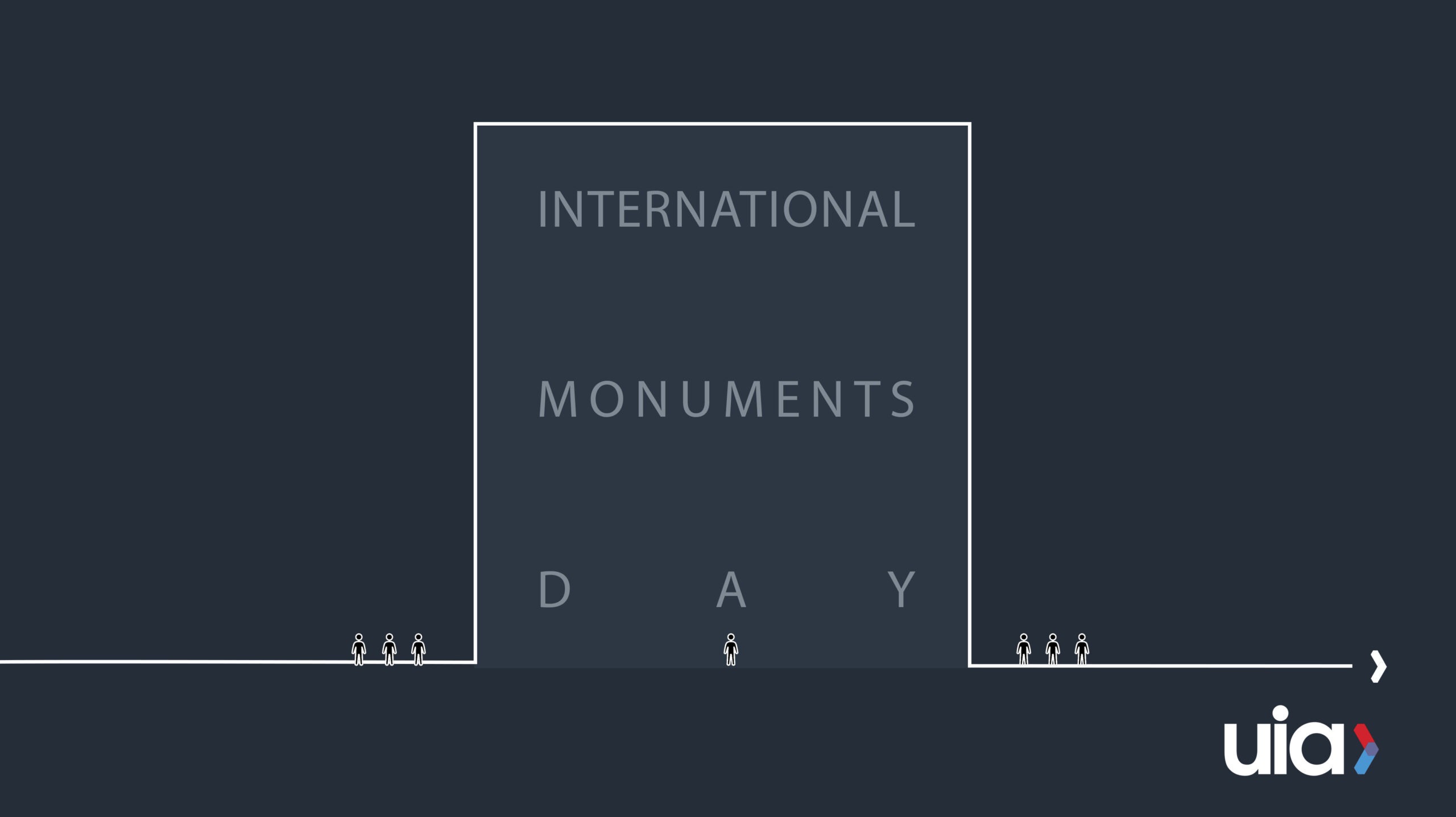
On the occasion of the International Day for Monuments and Sites 2025, the International Union of Architects (UIA) joins its partner ICOMOS and the global community in highlighting the need to protect cultural heritage in the face of disasters and armed conflict.
This year’s theme, Disaster and Conflict Resilient Heritage, invites reflection on the vulnerability of our shared history and identity in an increasingly unstable world. Whether from climate-induced disasters or the impacts of war, cultural heritage often stands on the frontlines. As ICOMOS approaches its 60th anniversary, this is also a moment to recognise decades of dedication to safeguarding heritage, while reaffirming our collective commitment to the future.
Architects play a vital role in resilience-building — through thoughtful design, innovative conservation, and planning strategies that integrate risk reduction and emergency preparedness. The UIA supports interdisciplinary collaboration that bridges architecture, cultural heritage, and humanitarian response to strengthen the protection of monuments and sites for generations to come.
The UIA Heritage and Cultural Identity Work Programme plays an active role in this effort by promoting a deeper understanding of how built heritage shapes collective identity, memory, and belonging. Through research, international dialogue, and the dissemination of best practices, the Work Programme encourages architectural responses that are sensitive to cultural continuity, community engagement, and resilience in the face of evolving threats.
This commitment is reflected in the UIA’s collaborations on key heritage projects in post-conflict regions. In Iraq, the Al Nouri Mosque in Mosul, —destroyed in 2017—has been the focus of an international reconstruction effort led by UNESCO under the “Revive the Spirit of Mosul” initiative. The UIA endorsed and supported the organisation of the international architectural competition for its rehabilitation, and construction is now well underway, with the mosque’s iconic leaning minaret being rebuilt using original materials and techniques in close collaboration with local communities.
In Afghanistan, the Bamiyan Cultural Centre, envisioned as a space for intercultural dialogue and memory, was the subject of a UIA-endorsed international architectural competition in partnership with UNESCO. While construction was completed in 2022, the Centre remains closed due to ongoing instability in the region. Nonetheless, the project stands as a powerful example of the role architecture can play in cultural resilience, education, and post-conflict healing.
Historic examples remind us of both destruction and hope. The Old Bridge of Mostar in Bosnia and Herzegovina, destroyed during the conflict in the 1990s, was meticulously rebuilt using traditional techniques and materials. Today, it stands once again as a symbol of reconciliation and resilience.
In Syria, the ancient Temple of Bel in Palmyra was severely damaged during the recent conflict. Yet ongoing international efforts are working towards its restoration, using 3D scanning and digital reconstruction to recover what was lost. These initiatives highlight the vital role of heritage in healing and rebuilding communities.
Let us use this day to advocate for increased awareness and shared responsibility in preserving the cultural landmarks that shape our collective memory and inspire our common future.
More information on the ICOMOS website.
#IcomosIDMS2025